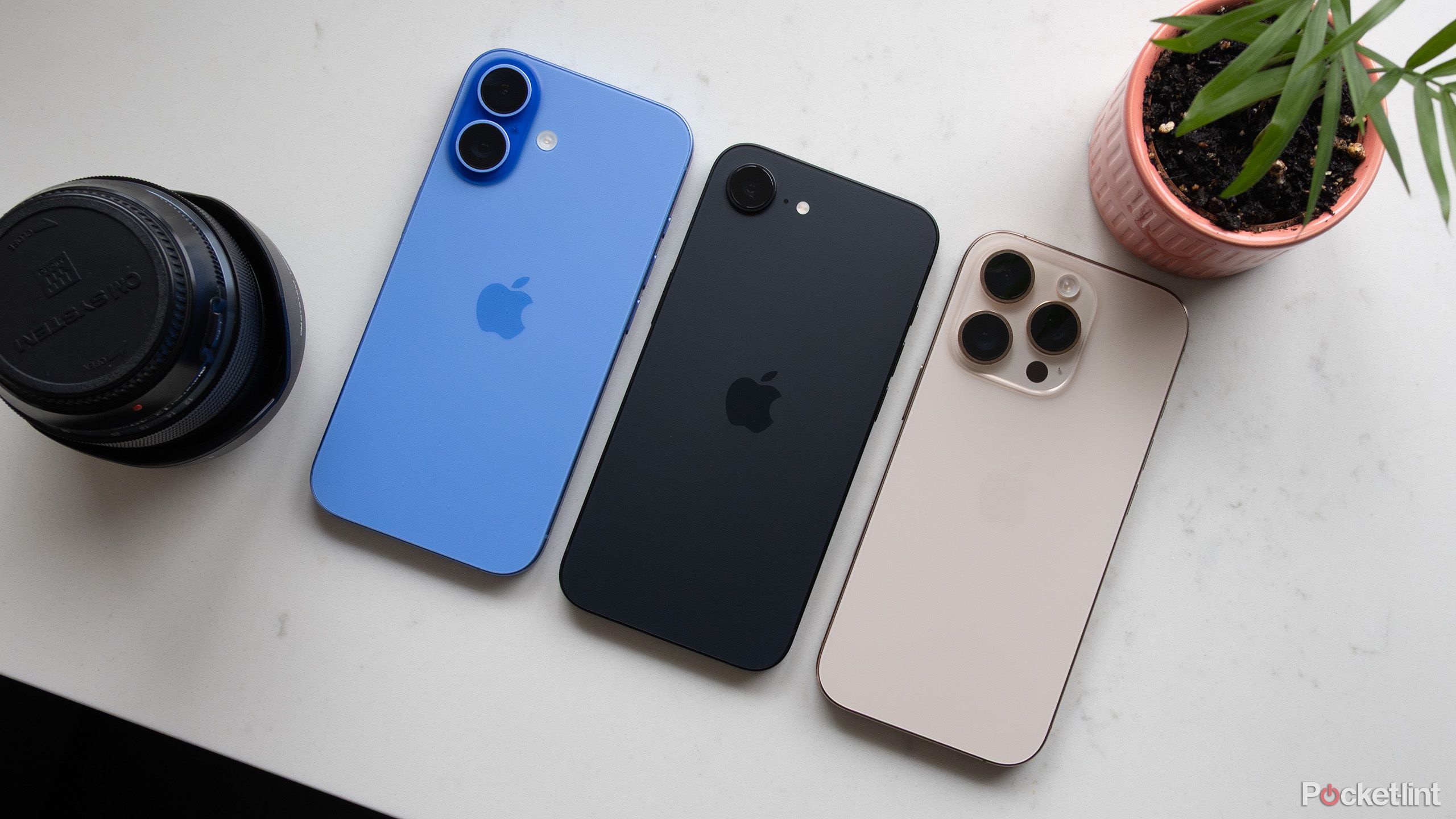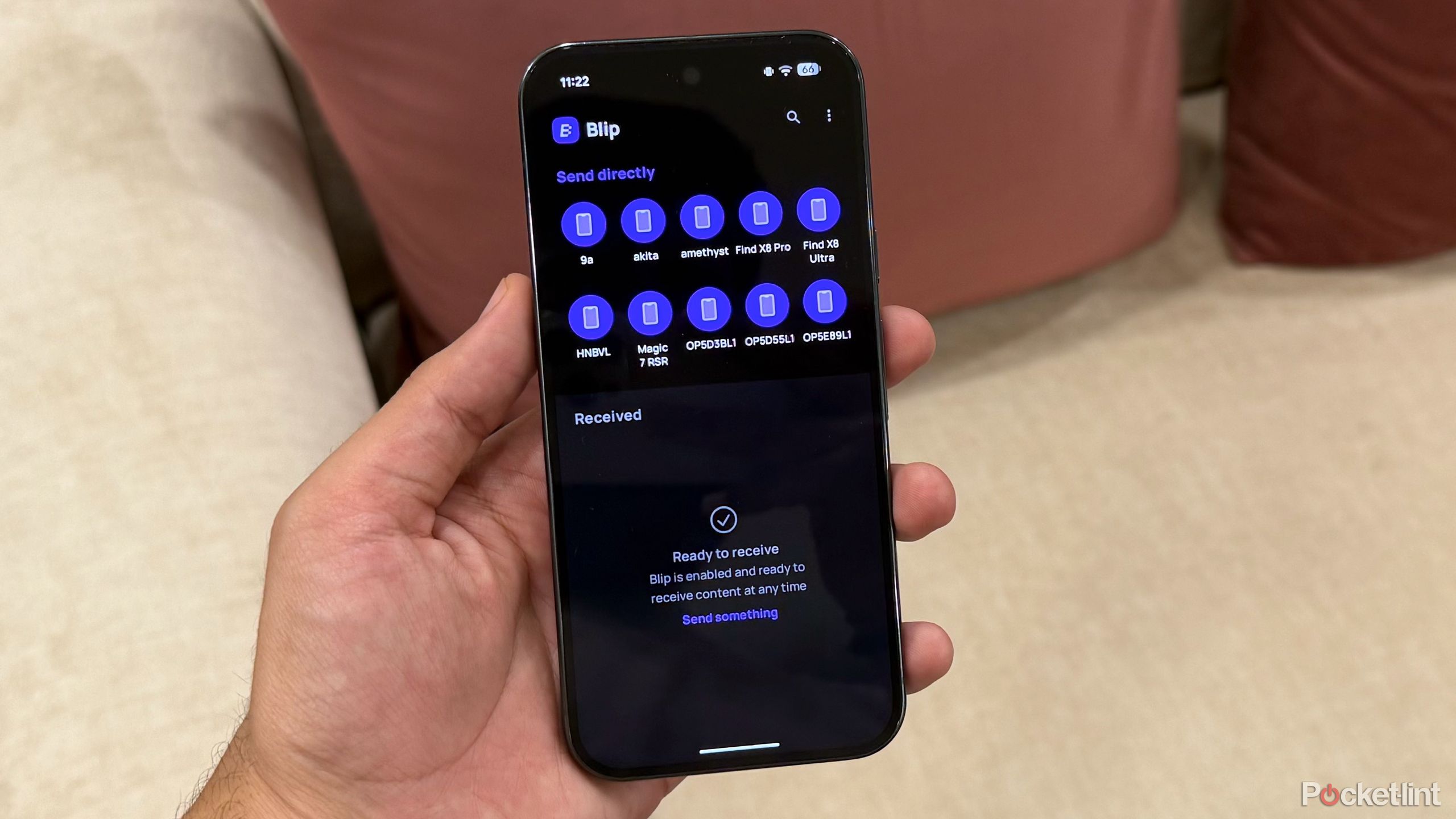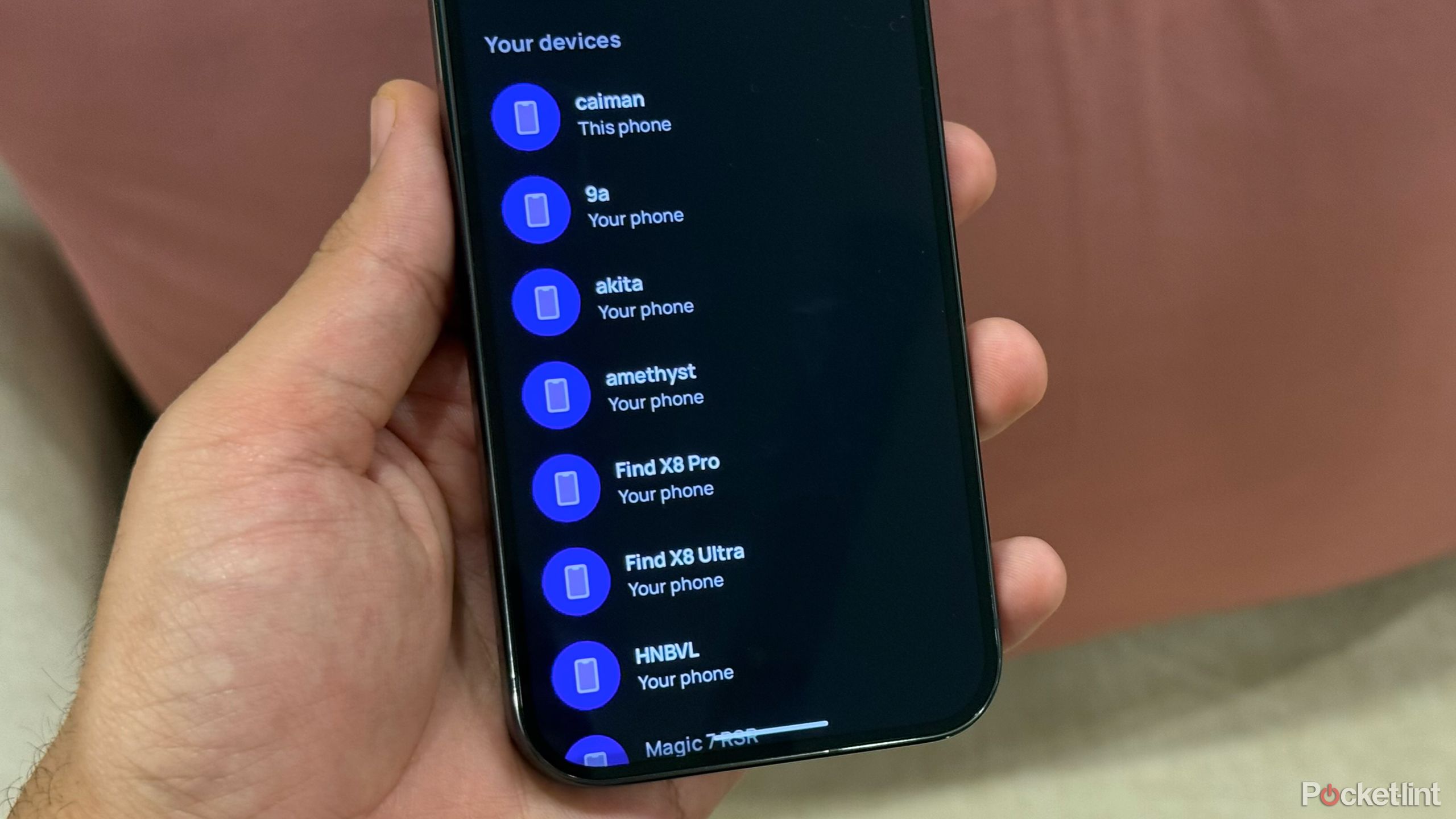Summary
- Blip is a free, cross-platform file-sharing app that works seamlessly on Android, iOS, Windows, Mac, and Linux devices.
- Unlike AirDrop or Quick Share, Blip transfers large files over the internet without needing devices to be nearby or on the same Wi-Fi.
- Blip ensures user privacy by using TLS 1.3 encryption and sending files directly between devices without storing them on any server.
While file-sharing between Android devices has recently improved and caught up with the iPhone, the two main ecosystems — Apple’s and Google’s — have moved even further apart. Despite being packed with
useful and AI-powered features
, there’s still no simple way to transfer files between an Android device and an iPhone in 2025. Users often have to rely on messaging apps like Telegram and WhatsApp or cloud services like
Google Drive
to move files.
Recently, I came across an app that changed how I share files between my Android and iOS devices. The app, called Blip, not only works seamlessly across both platforms but also supports nearly every major operating system. It’s become my go-to tool for moving files, photos, and videos — and it might just be the perfect alternative to AirDrop and Quick Share that you’ve been looking for.
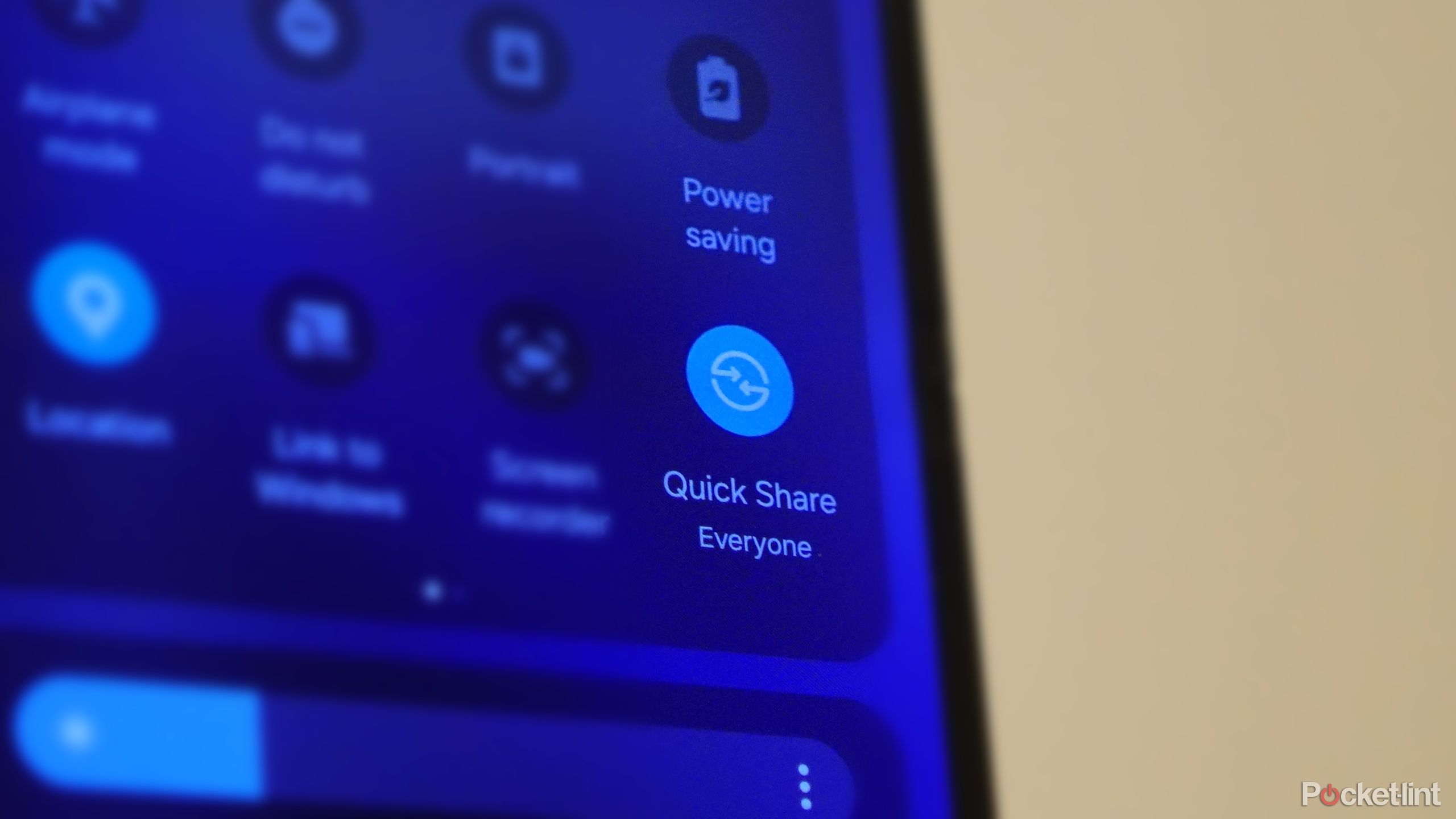
Related
Using Android’s Quick Share feature is easy. Here’s how
Use Google Quick Share to send files, apps and pictures to your Android friends with ease. We’ll show you how.
The problem with AirDrop and Quick Share
They’re great — unless you use multiple devices
AirDrop and Quick Share have been around for a while. Most iPhone users know how to use AirDrop, and it’s often one of the reasons people hesitate to leave Apple’s ecosystem, because it makes file sharing so seamless. But that doesn’t mean AirDrop and Quick Share don’t have their issues.
The biggest issue with both is that they’re restricted to specific ecosystems. To use Apple’s AirDrop, you need both devices to be part of the Apple ecosystem. Quick Share is slightly more flexible, now supporting file transfers between Android and Windows, but it still has its limitations.
AirDrop and Quick Share fail when you need them to work the most.
Another issue is reliability. Be honest: has AirDrop worked flawlessly every single time for you? Unlikely. We’ve all faced failures, especially when transferring large batches of files, like dozens of trip photos or long videos. It’s a common complaint across forums like Reddit. AirDrop works well for small files, but it often fails when handling large loads.
I’ve been struggling with these limitations as well, but now I’ve finally found a better solution: one that works across ecosystems and handles large file transfers without failing. It’s called Blip.

Related
Apple, please stop excusing yourself out of basic iPhone features
The truth of the matter is obvious to people when they unbox their new hardware.
Blip works seamlessly across all platforms
The easiest way to send files without limits
Blip isn’t just another file-sharing app — it’s a super-lightweight, cross-platform tool that makes sharing files between almost all major operating systems fast and easy. It supports Android, iOS, macOS, Windows, and even Linux, so chances are, you’re covered no matter what device you use.
The developer has built native apps for every platform, which means you’re not stuck with a clunky web interface or laggy UI. In fact, the app feels fluid and responsive, with smooth animations across all the devices I’ve used. It even supports drag-and-drop functionality on desktop apps for macOS and Windows.
Blip is surprisingly easy to set up and use across all your devices.
And the best part? It’s completely free. There are no ads or subscriptions required to use Blip (at least for now). I tested Blip on several devices, including the Google Pixel 9 Pro, OnePlus 13, iPhone 16 Pro, and a 15-inch MacBook Air, and sharing files between devices was seamless every single time.
The app is simple to set up: log in with your email using a one-time code, and your device is ready. Blip assigns your device a unique name to identify it easily, but you can rename it as you like. I use Blip on over 10 devices at a time, and it handles the load effortlessly.
The interface of the app is also quite straightforward. You open the app and see a list of all your connected devices. You can tap a device to share files, or since Blip is built natively for all platforms, you can also send files directly through your system’s share menu.
Unlike AirDrop and Quick Share, which often struggle with large transfers, Blip handles large files effortlessly, even hundreds of GBs at once. I shared a folder of over 550 images and videos (about 1.5GB) from my iPhone to my Mac in under a minute.
But the best part is that Blip doesn’t require your devices to be on the same Wi-Fi or physically near each other. It sends files over the internet, meaning you can share files across the globe with other devices on your account. You can also send files to other Blip users using just their email address or username.
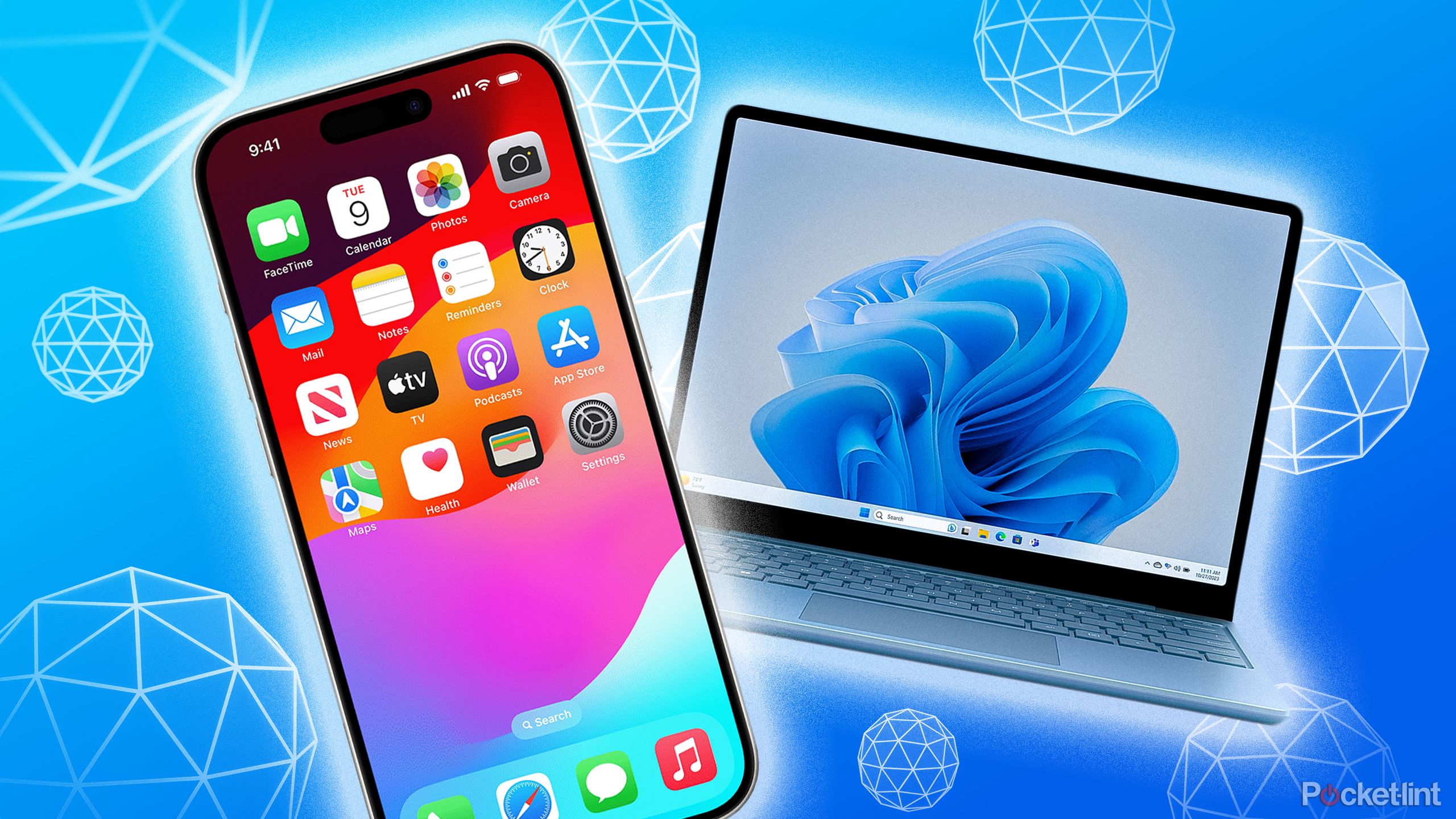
Related
You can now share files between your iPhone and PC via Phone Link
You may need to update Windows and a couple of apps, first.
Your files stay safe and private with Blip
It’s encrypted with zero compromises
One common issue with using third-party file-sharing apps is privacy. Many apps in the past have been caught prying on user data, but Blip doesn’t fall into that category, largely because it doesn’t store files on any server.
Instead, the company says files are transferred directly from one device to another without being uploaded or saved anywhere in the cloud. Blip also claims that files are encrypted in transit using the TLS 1.3 protocol, which helps keep your data safe from hackers trying to intercept the connection.
I also love how the only permission Blip requires is for notifications. You just need to enable them, and unlike other file-sharing apps, it doesn’t ask for access to your location or anything else.
And of course, to add an extra layer of safety, you can adjust the app’s settings to prevent it from auto-accepting files from other devices.
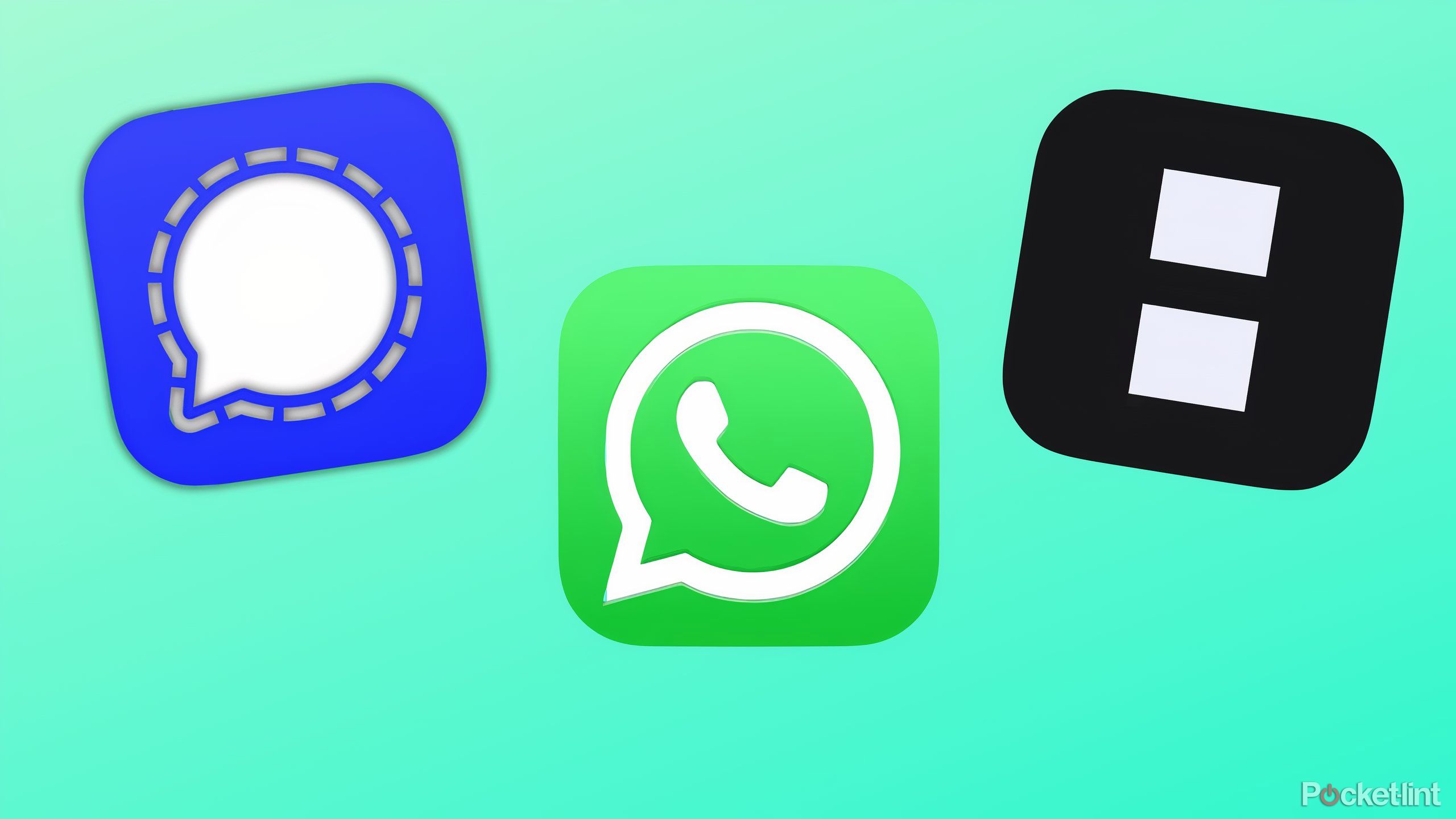
Related
Keep your messages fully private with these 7 apps
When it comes to picking a messaging platform, end-to-end encryption is non-negotiable — here are some of the most secure options out there.
I’ve tried a lot of AirDrop and Quick Share alternatives in the past, mostly because testing so many devices means moving a lot of data back and forth, but no option has come close to Blip yet. Blip is the most reliable file-sharing app I’ve used in quite a while, and it doesn’t look like any other app will take its spot anytime soon.





